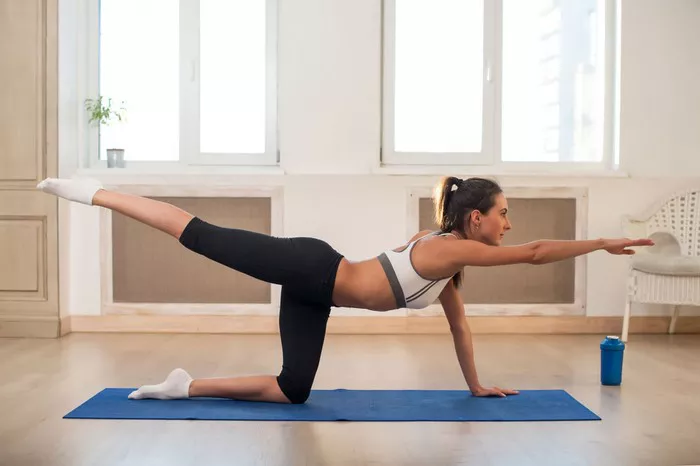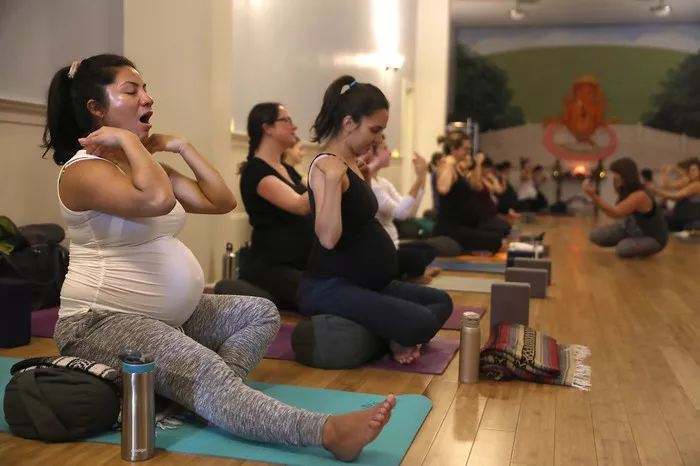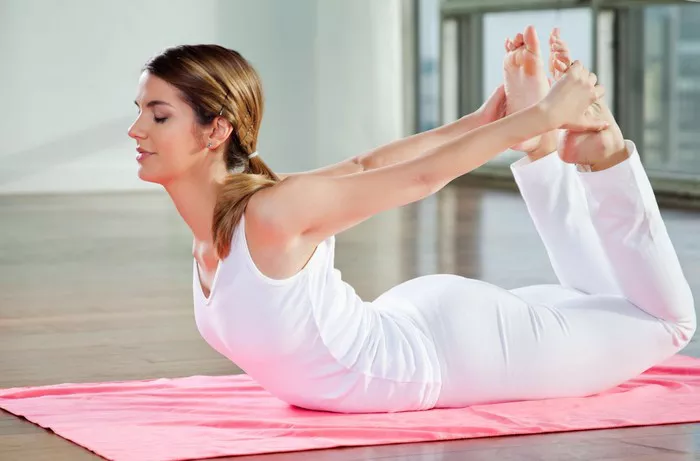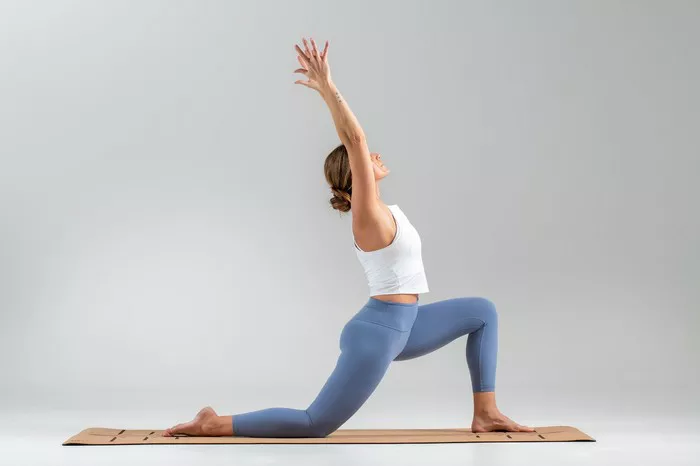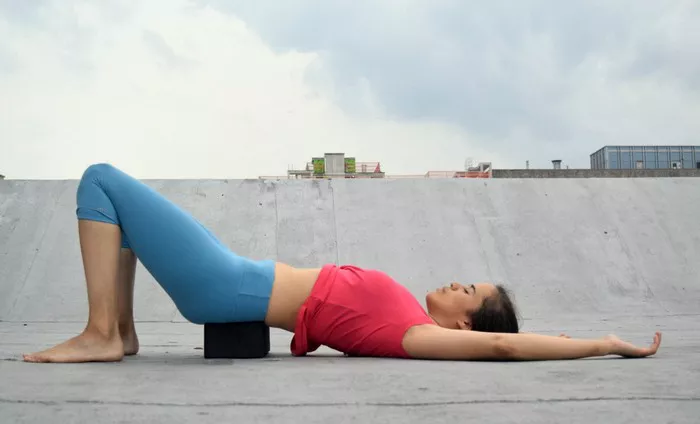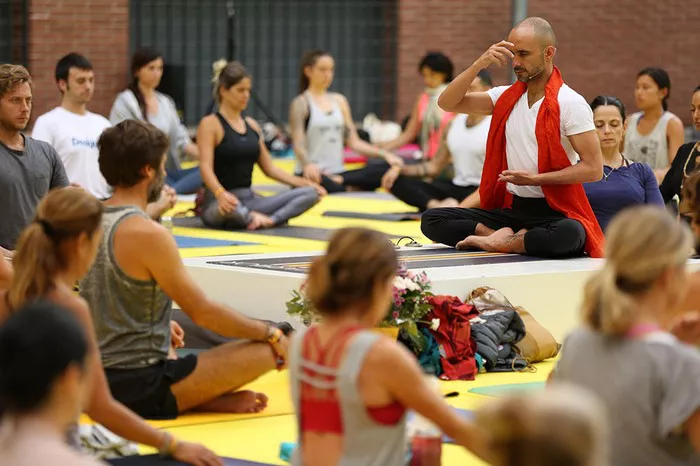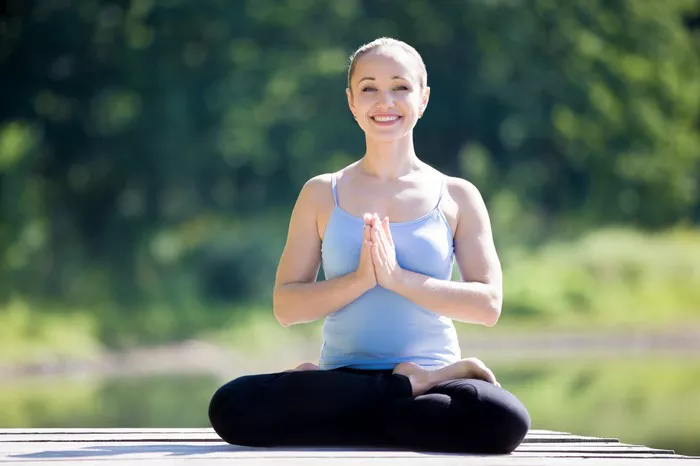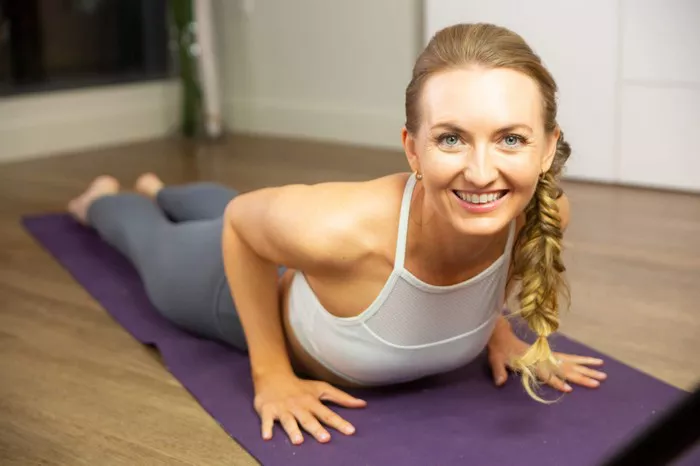Yoga, as an ancient discipline, offers a broad spectrum of practices aimed at achieving physical health, mental clarity, and spiritual awareness. One of the simplest yet profoundly beneficial poses in yoga is Savasana, commonly known as Corpse Pose. Despite its seemingly passive nature, Savasana plays an essential role in yoga practice and offers numerous physical, mental, and emotional benefits. This article delves into the significance, execution, benefits, and variations of Corpse Pose, explaining its importance to practitioners at every level.
The Essence of Corpse Pose
Corpse Pose is a resting posture typically practiced at the end of a yoga session. It involves lying on your back, arms by your sides, palms facing upward, legs extended and relaxed, and the eyes closed. The pose resembles a relaxed corpse, hence the name “Savasana” (derived from the Sanskrit word “shava,” meaning “corpse”). Despite appearing simple, this pose serves as an opportunity for integration, reflection, and deep relaxation, allowing the body and mind to absorb the benefits of the physical practice that has just been performed.
While some may see it as just a moment to “rest,” Savasana is much more than that. It is a deliberate and structured practice that facilitates profound relaxation, leading to mental stillness and physical rejuvenation.
The Role of Savasana in Yoga
Though the primary focus of yoga is on the asanas (postures) that build strength, flexibility, and balance, Savasana plays a crucial role in the overall practice. Here’s why:
Integration and Absorption: After performing a series of asanas, the body and mind are in a heightened state. Savasana allows the body to integrate the benefits of these postures, facilitating muscle recovery and energy restoration. It also gives the mind the time and space to absorb the mental and emotional effects of the practice.
Restoration and Healing: During the active postures, the muscles are engaged, the nervous system is stimulated, and energy channels are activated. Savasana gives the body a chance to heal, calm down, and restore itself. It’s during this phase that the parasympathetic nervous system is activated, signaling the body to relax and recover.
Mental Clarity: Yoga is not just a physical practice, but also a mental one. Savasana helps to bring mental clarity by reducing the mental chatter and stress that may accumulate during the session. In this resting state, practitioners experience mindfulness, which is vital for mental health and clarity.
Preparation for Meditation: Savasana prepares the body and mind for deeper practices such as meditation. By calming the nervous system and stabilizing the energy in the body, it sets a strong foundation for moving into a meditative state, where focus, concentration, and stillness become more accessible.
Grounding and Centering: Just as the body is anchored to the ground during this posture, the mind is grounded as well. Savasana allows practitioners to reconnect with their inner self, letting go of external distractions and returning to a place of inner peace.
How to Practice Corpse Pose (Savasana)
Though it seems like a straightforward posture, practicing Savasana with full awareness is an art in itself. Below are the steps to properly execute Savasana:
Step 1: Set the Space
Before beginning the practice, ensure that the environment is conducive to relaxation. Find a quiet, peaceful space where you won’t be disturbed. The lighting should be soft, and the temperature should be comfortable. You may want to add calming elements such as soothing music, essential oils, or candles to enhance the atmosphere.
Step 2: Lie Down in a Comfortable Position
Lie flat on your back with your legs extended and your arms placed at your sides. Your feet should fall away from each other naturally, and your palms should face upward to receive energy. The spine should be neutral, and your head, neck, and shoulders aligned.
Step 3: Relax the Body
With each inhale and exhale, consciously release tension from every part of your body. Start by relaxing the muscles in your face, jaw, and neck, then move down to your shoulders, arms, and hands. Allow the chest, abdomen, and pelvis to soften, followed by your legs, ankles, and feet.
Step 4: Focus on the Breath
As you settle into the pose, direct your attention to your breath. Breathe deeply and naturally, observing the flow of air entering and leaving your body. Allow your breath to guide your awareness deeper into your body and mind. If any distractions arise, gently return to the sensation of the breath.
Step 5: Maintain Stillness
Savasana requires the body to remain still and the mind to be as quiet as possible. It’s normal for thoughts to arise, but the practice is about acknowledging them without attachment and returning to a state of stillness. Focus on the sensations in your body, the rhythm of your breath, and the feeling of being grounded and supported by the earth.
Step 6: Stay for Several Minutes
Typically, Savasana is held for 5 to 15 minutes. However, you can stay longer if it feels appropriate. The longer you stay in Savasana, the deeper the relaxation becomes. Use this time to let go of any remaining tension, stress, or mental clutter.
Step 7: Gradually Transition Out
When it’s time to come out of Savasana, avoid jumping up too quickly. Begin by deepening your breath, slowly moving your fingers and toes, and gently stretching your body. Open your eyes softly, and, when ready, roll to one side, taking a moment before sitting up. This gradual transition allows the body and mind to reawaken smoothly.
The Benefits of Corpse Pose
The benefits of Savasana extend far beyond the physical realm. Here’s how it can positively impact your overall well-being:
1. Reduces Stress and Anxiety
Savasana is highly effective in reducing stress and promoting relaxation. By calming the nervous system and allowing for deep breathing, it lowers cortisol levels (the stress hormone) and promotes the release of endorphins, leading to a sense of calm and contentment.
2. Improves Sleep
By practicing deep relaxation in Savasana, the body learns to enter a restful state. This can carry over into daily life, helping to improve sleep quality. Regular practice of Savasana can help manage insomnia and other sleep-related issues by promoting mental calm and physical relaxation.
3. Enhances Focus and Concentration
Savasana fosters mental clarity and presence. By practicing mindfulness and learning to focus on the breath, practitioners can enhance their ability to concentrate, both on and off the mat. This mental training improves focus in everyday life and helps reduce distractions.
4. Helps with Muscle Recovery
The deep relaxation in Savasana helps to restore the body after a yoga practice. It allows the muscles to fully relax, which aids in the removal of lactic acid and promotes muscle recovery. It’s especially beneficial after intense physical exertion.
5. Boosts Energy
While it may seem counterintuitive, resting in Savasana can actually boost energy levels. By giving the body the chance to fully rest and restore, energy is replenished. It is a perfect way to end a yoga session and leave feeling rejuvenated and refreshed.
6. Promotes Emotional Healing
Savasana offers a space for emotional release. By lying still and breathing deeply, practitioners can release stored emotions or tension held in the body. It can be a healing practice for those dealing with emotional stress, trauma, or emotional overwhelm.
Common Challenges in Savasana
Despite the pose’s simplicity, many people find it challenging to fully relax in Savasana. Some common obstacles include:
Restlessness: The mind may be active, filled with thoughts and distractions, making it difficult to stay still. Practitioners can overcome this by gently guiding their focus back to the breath or by using a body scan technique.
Physical Discomfort: Sometimes, lying flat on the back can cause discomfort, especially in the lower back or neck. Using props such as pillows, blankets, or bolsters under the knees or head can provide support and alleviate discomfort.
Falling Asleep: While it’s perfectly fine to fall asleep in Savasana, the goal is to remain in a state of mindful awareness. If sleepiness arises, gently acknowledge it and return to the breath. If falling asleep happens, trust that the body is getting the rest it needs.
Variations of Corpse Pose
There are several variations of Savasana that can cater to different needs and preferences:
Supported Savasana: For those with back pain or difficulty lying flat, this variation involves using props like cushions or blankets under the knees to support the lower back and relieve tension.
Savasana with Legs Elevated: Elevating the legs on a bolster or pillow helps promote circulation, especially after standing postures, and can be soothing for the lower back and legs.
Guided Savasana: Instructors may lead a guided Savasana where they verbally assist students in relaxing each part of the body or take them through a meditation or visual imagery practice. This type of Savasana is ideal for beginners who need help staying focused.
Active Savasana: Some practitioners prefer a more dynamic version where they consciously contract and release muscles before completely relaxing. This can help release deeper tension or stress in the body.
Conclusion
While Corpse Pose might appear simple and passive, it is a powerful tool for restoring balance, calming the mind, and integrating the benefits of a yoga practice. The simplicity of the pose allows for profound relaxation, and its therapeutic effects extend far beyond the yoga mat. By embracing Savasana as a vital component of a regular yoga practice, practitioners can experience improved physical health, mental clarity, and emotional well-being.
The importance of this pose should not be underestimated, for it is through stillness that we allow the body and mind to reconnect, heal, and rejuvenate. In our fast-paced, demanding world, Savasana offers an opportunity to pause, breathe, and find peace—a powerful reminder of the value of rest and the transformative power of conscious relaxation.
Related Topics:

